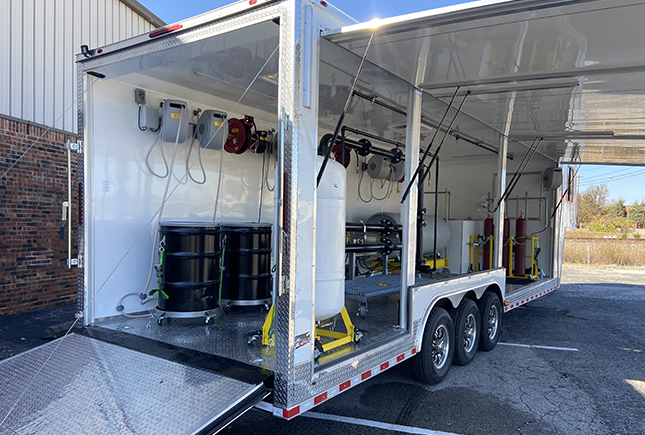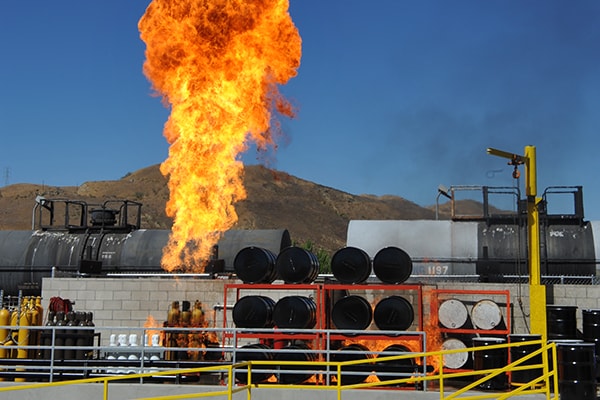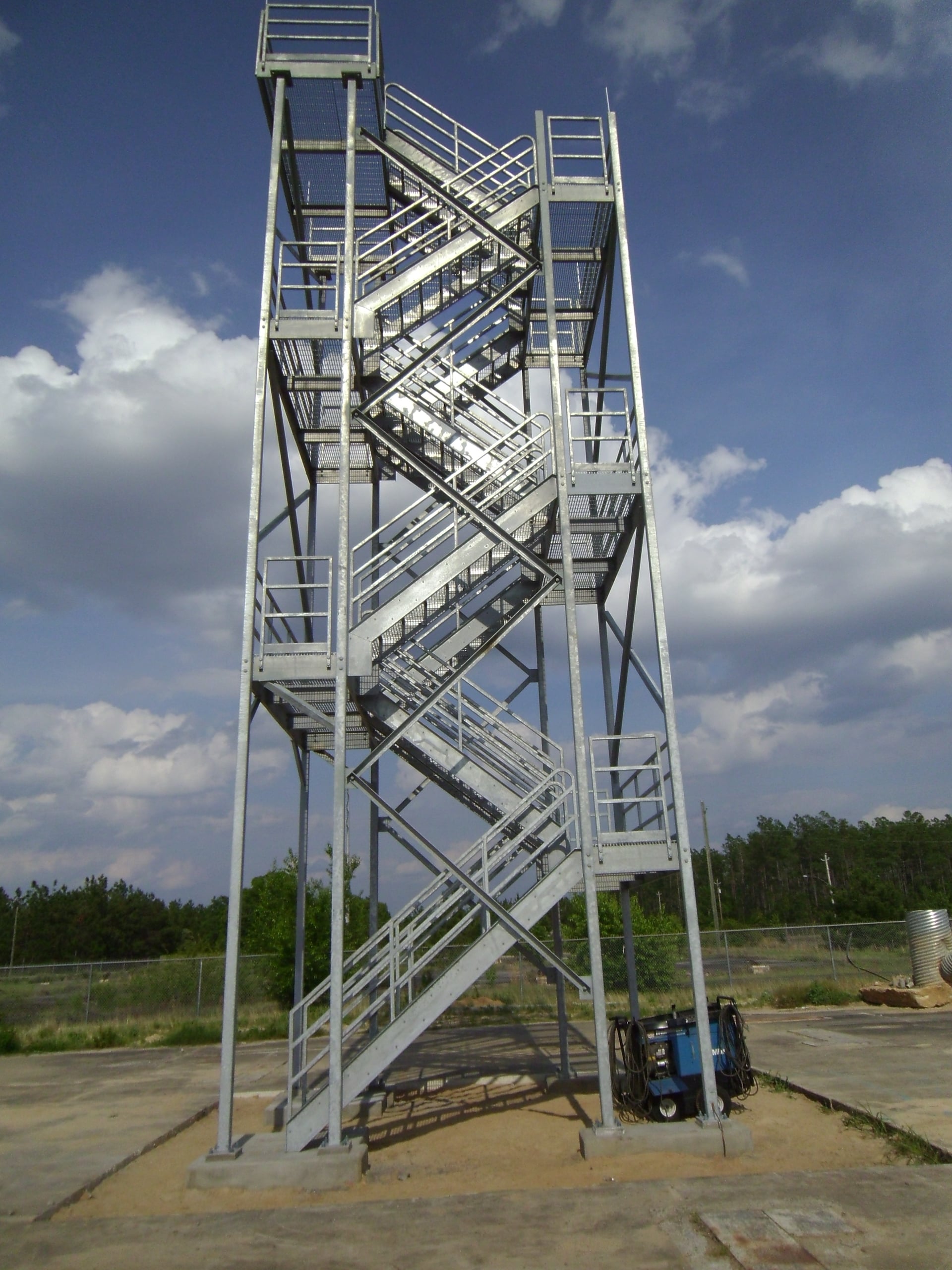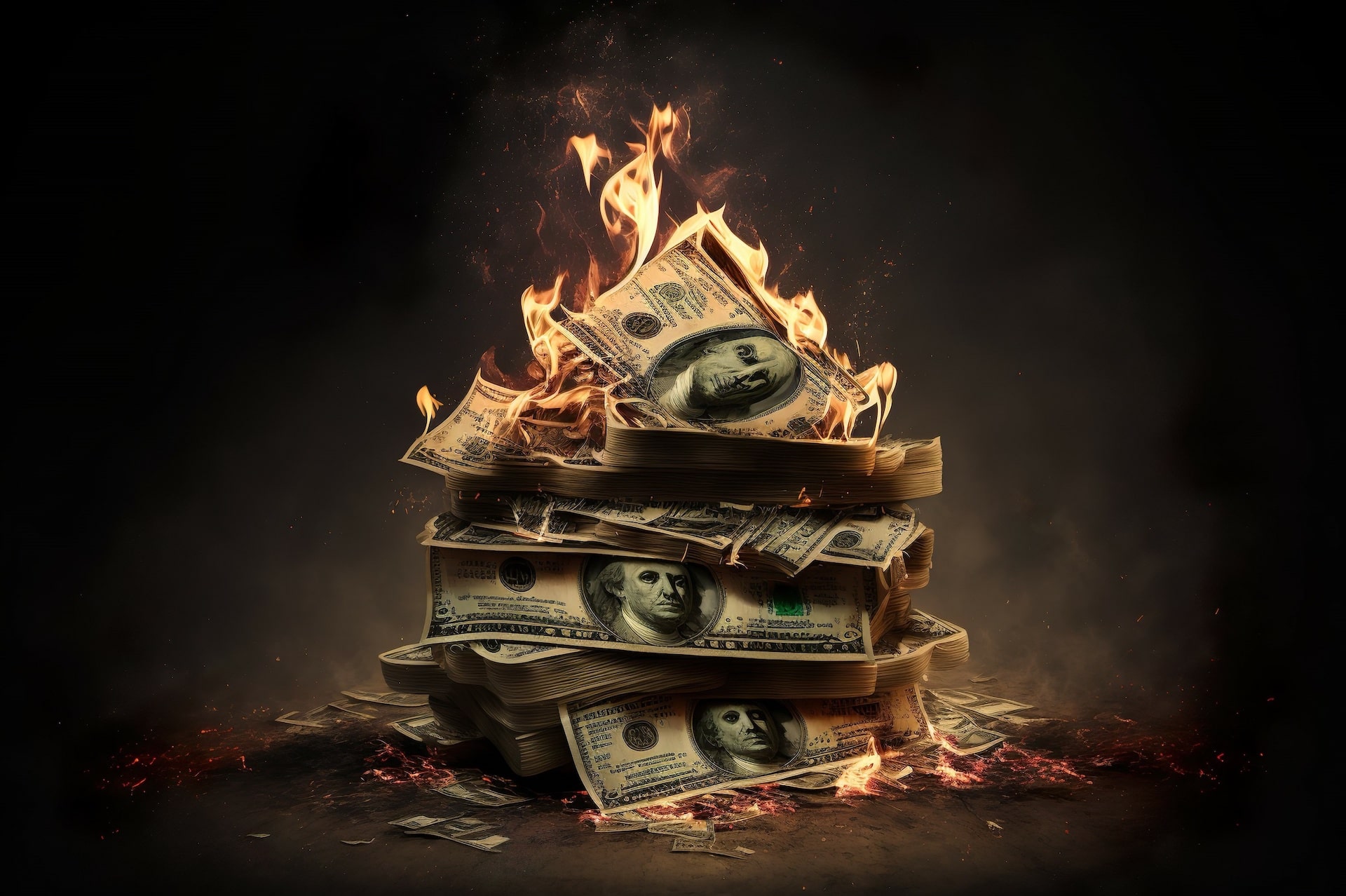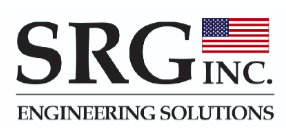
Managing a live fire training tower/building can be a real challenge for the fire service. One particularly daunting aspect is fire training tower maintenance and repairs for both class A and B fueled structures. For simplicity, we’ll call all three (maintenance, renovations, and repairs) “maintenance”. Everyone who is currently, or has been responsible for these structures, knows that maintenance will be needed throughout the life of the building, usually frequently. The long-term daily reliability of the structure and props depends on the quality and consistency of maintenance.
Many Local, State, and Federal Regulations Must Be Met
When performing maintenance on a fire training tower or burn building, how this work is rationalized to various oversight and regulation authorities is a significant concern. There are many, many regulations and codes that must be taken into consideration. Here is just a partial list:
- Local, State and Municipal Code
- Department Policy
- Purchasing/Procurement Policy
- NFPA 1402/1403
- National Building Code
- Other Detailed NFPA Code Requirements
- State Fire Service Oversight
- Manufacturers Specifications and Warranties
- OSHA (Federal or State)
Compliance Requirements Are Challenging for Fire Training Towers
Most of these standards and codes are heavily interrelated due to referencing between them. Understanding what parts of each listed item are relevant to a specific situation requires a reasonable understanding of all of them. Because a burn building is such a unique structure, it simply cannot be fitted to comply with all these requirements. Even partial compliance can be difficult. Completely ignoring them creates untenable risk for the department and managing personnel (Authority Having Jurisdiction). A lack of maintenance can ultimately lead to failures resulting in the building being taken out of service or condemned. And it happens frequently. It is very common to see a structure that has been out of service for months to years simply because all of these concerns cannot be dealt with simultaneously. Another challenge is cost. All of the repairs/updates must also be rationalized in terms of cost, as very few departments have an unlimited budget.
Have Industry Experts Identify Non-Compliance Issues Before Starting Maintenance on a Fire Training Tower
Before undertaking repairs and maintenance, think about the short- and long-term ramifications of your approach. Finding out there are significant non-compliance issues halfway through a project will likely be very costly. I would highly encourage a thorough reading of NFPA 1402 as a starting point. Then a meeting with the command staff is needed to determine some priority of the above requirements. And then, and this is the most important consideration, consult the industry experts. The building manufacturers, prop and material suppliers, and engineers for this industry are where the expertise on burn structures resides. A strong long-term relationship between the vendors and municipality is critical to a successful outcome. Enlist the support of the purchasing/procurement personnel to help get the right entity to provide support.
Interpretation of Policies and Standards Can Be Tricky
A word of caution is needed here regarding how policy and standards are interpreted. The “lists” that evolve to simplify this complex mix are always inadequate and often create conflicts between the codes and policy. A listed requirement may or may not have a specific reference. Omission is a major concern when the developers lack engineering competency. In either case, it is based on a combination of the requirement and the applicable codes and standards.
Engineers with Experience in Burn Buildings Are a Necessity
As the scope and depth of the work increases, the support of an engineer or service professional experienced with burn buildings and the standards and codes would be a necessity. A line-item requirement likely embodies numerous codes and policies. Each requirement would need to be reviewed and considered in the broader sense. Many other referenced codes will likely also need to be considered, and in many cases the code pulled in would be more demanding. Remember that the codes fit building norms; they were not developed for live fire training structures. These important details need to be dealt with very early in the planning for all levels of maintenance. This leads us into the procurement conversation; we will save that for another day. Engineers need to listen carefully to the problem before they can help solve it.
About the Author:
Kenneth Sloneker is the President of SRG Inc, an onsite engineering and service company primarily servicing live fire training facilities and heavy industry.
WHP offers NFPA-compliant inspections as a way to identify and mitigate potential issues and extend the life of your building. In addition to WHP’s NFPA-compliant inspections, some jurisdictions require inspections to be performed by a licensed structural engineer. In order to meet the requirements of those jurisdictions, we also offer licensed structural engineer inspections from engineering companies who specialize in fire training towers and burn buildings including SRG Inc. Engineering Solutions.

